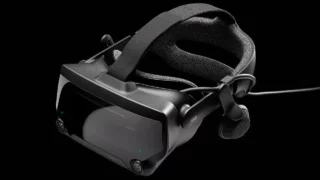Image technology giant Dolby has reimagined Dolby Vision, the HDR format that has set the standard for over a decade, using artificial intelligence. Dubbed Dolby Vision 2, this next-generation technology not only optimizes the brightness and tone of scenes but also features “Content Intelligence” that intelligently adjusts the image based on the content you’re watching, your environment, and the device you’re using.
What does Dolby Vision 2 offer?
Taking the current Dolby Vision IQ technology a step further, Dolby Vision 2 aims to revolutionize the viewing experience. Among the smart features introduced in the new version are the following:
Precision Black: Delivers a clearer image by enhancing the details in dark scenes without compromising the director’s artistic vision.
Advanced Light Detection: Dynamically adjusts image quality by using not only ambient light but also reference illumination data from the source content.
Two-Way Tone Mapping: Gives content creators greater control over how to utilize the increased brightness, sharp contrast, and vibrant color capabilities of high-performance televisions.
The “Soap Bubble Effect,” a Moviegoer’s Nightmare, Is a History
Dolby Vision 2 offers an innovative solution to the motion smoothing problem known as the “soap bubble effect,” a problem criticized by figures like Tom Cruise. This technology, called “Authentic Motion,” provides content creators with scene-by-scene motion control, reducing unwanted judder while preserving the cinematic texture of films.
Hisense Takes the First Step
Hisense will be the first brand to launch televisions featuring Dolby Vision 2 technology. These next-generation TVs will be powered by the MediaTek Pentonic 800 chipset. Major players like LG, TCL, Sony, and Vizio, who have adopted the current format, are expected to switch to the new version soon.
Dolby stated that existing Dolby Vision content will continue to work with televisions equipped with the new technology, but will only fully benefit from the additional enhancements offered by displays that support Dolby Vision 2.
Now on Two Levels: A Premium Experience with Max
To make it easier for consumers to choose, Dolby has divided the new format into two tiers:
Dolby Vision 2: For standard and mainstream televisions, offering enhanced image quality.
Dolby Vision 2 Max: This version will be available on top-tier premium televisions and will offer additional features.













